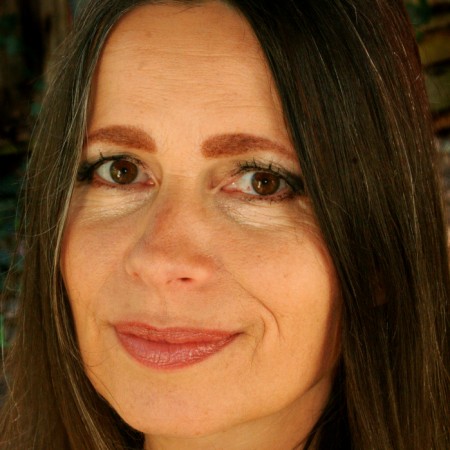The Sacred Marriage rite uniting the female and the male has roots that likely go back to prehistoric times, although little archaeological evidence exists. The earliest description of the rite dates to the early third millennium BCE based on written records of ancient Mesopotamia (modern-day Iraq). In this rite, the king was wedded ritually to the high priestess, who was believed to be an incarnation of the great Goddess Inanna/Ishtar, the “Queen of Heaven,” who was thought to descend to earth for this special occasion. The songs of courtship between the king and the Goddess reveal that the primary purpose of this sacred union was to ensure the cyclical renewal of nature and an abundant harvest for the people. However, we may also note that Inanna/Ishtar was not only viewed as a goddess who guaranteed the continued welfare of her community, but also as the source of the king’s power by endorsing his rule for another year.
Ritualistic sacred marriage was celebrated in numerous variations across the world’s cultures. In ancient Egypt, the rite was performed in temples dedicated to the goddess Isis and her consort, the god Osiris. We also find the invocation of similar imagery and symbolism in the biblical Song of Songs, one of the most beautiful expressions of sacred marriage literature passed down through the ages. In Jewish esoteric traditions such as Kabbalah, sacred marriage was seen as an expression of the union between the archetypal masculine (soul) and archetypal feminine (wisdom) aspects of God. Moreover, the Jewish Sabbath is sometimes personified as a “bride” and welcomed with the same yearning with which one prepares for a wedding ceremony. Bridal symbolism and imagery emerged also in the Christian tradition. The biblical Book of Revelation (Rev. 21:2) informs us that after all evil has been vanquished by Jesus Christ, the New Jerusalem, pictured as a “celestial bride,” will descend from heaven to merge with her bridegroom in divine union. However, the original sensuality of The Song of Songs became entirely spiritualized as a mental love in the later Christian tradition with the union between Christ and the individual soul. For example, the great German medieval mystic Mechthild of Magdeburg experienced her yearning soul as “God’s lover.” Another expression of the ever-evolving interplay between the archetypal feminine and the archetypal masculine is the yin/yang symbol in Chinese Daoism. Yin (feminine) and yang (masculine) form a sacred circle with each containing a part of the other’s essence within itself. They are complementary, and together they form a harmonious universe. Similar to the concepts of yin and yang in Daoism, the tantric tradition of Hinduism views the union of God (Shiva) and Goddess (Shakti) as a representation of the nature of the Supreme Truth beyond all duality. Shiva and Shakti are a divine whole that finds its expression in the apparent polarity of the archetypal “masculine” and the archetypal “feminine” (we may note in this context that the terms “masculine” and “feminine” are not synonymous with “male” and “female” but refer to a broad range of psycho-spiritual qualities, energies, and potentialities beyond gender).
With that said, what then is the meaning of the sacred marriage for our modern and post-modern times? The archetypal sacred marriage serves as a metaphor for the integration of both the archetypal masculine (god) and the archetypal feminine (goddess) within. For humanity to take the next evolutionary leap so urgently needed as this time of crisis, it is essential that we all integrate these polarities within us, regardless of gender or sexual orientation. The psycho-spiritual integration of these internal “opposites” within the individual self is indispensable for a healthy and balanced maturation. However, a wholesome balance of the archetypal masculine and feminine is not only needed within the individual human psyche but also collectively in our institutions, organizations, and governments to stimulate our social maturation on a broader scale.


